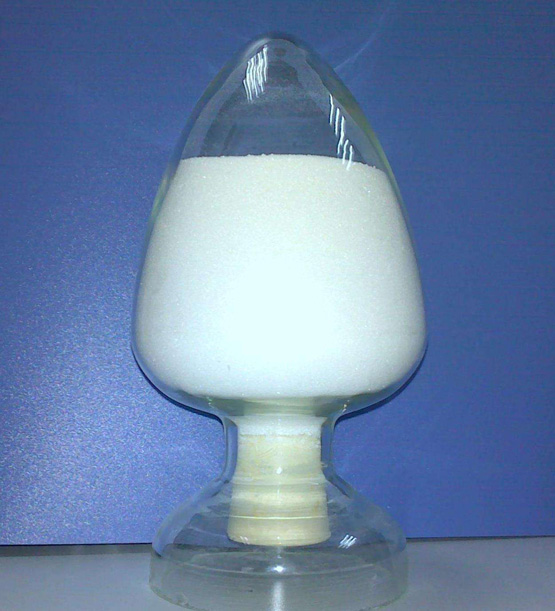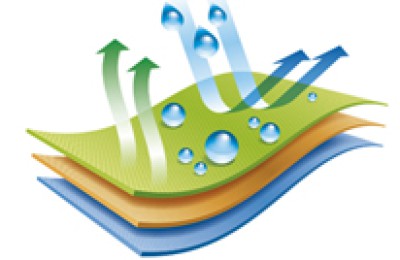Make flame retardants more environmentally friendly
Make flame retardants more environmentally friendly
Halogen-free intumescent flame retardant technology is considered a development direction of flame retardants. Boron-based flame retardants have become an attractive variety in the development of flame retardants in the 21st century due to their excellent flame retardancy, low toxicity, smoke suppression and other properties. Silicone flame retardants should also receive attention.
The market for flame-retardant products is promising, and flame-retardant products commonly used in hotels are expected to be promoted in families. The environmental issues of flame retardants are even more important.
The damage caused by fires has always been staggering. According to statistics, in 2006, there were more than 220,000 fires in my country, resulting in more than 1,500 deaths and direct property losses of more than 700 million yuan. In order to increase the protection of people’s lives and property, various countries have introduced safety and fire protection regulations, which have strict regulations on the fire protection performance of interior decoration, clothing and other textiles. At the same time, the safety and ecological assessment of flame retardants are also more important.
The flame-retardant textile market is promising
In recent years, the flame-retardant textile market has shown a rapid growth trend. According to a report recently published in the United Kingdom, the market demand for flame-retardant fibers and fabrics has grown significantly and will continue to increase in the next five years.
Flame-retardant fabrics are mainly used in fields such as industrial textiles and work clothes for personnel in specific industries (such as firefighting). Some people predict that automotive interior decoration materials will become a huge market for flame retardant fabrics. In addition, curtains in public places such as hotels have always been required to have flame retardant properties. As people’s quality of life improves, the proportion of flame retardant textiles used in homes will also increase, including flame retardant clothing.
A new publication called “Performance Apparel Markets” (Functional Ready-to-Wear Market) published by Textiles Intelligence points out that increased consumer interest in multi-functional protective clothing and more stringent legislation in various countries in the future will promote the demand for flame-retardant fibers and fabrics increase. It is estimated that the annual market size of general flame-retardant clothing in the United States is estimated to exceed US$1.844 billion, and is expected to reach US$2.659 billion in 2012. The market size of flame-retardant protective clothing in Europe is estimated to exceed 300 million euros, and is expected to reach 382 million euros in 2012.

Some existing flame retardants have been restricted to varying degrees
Adding flame retardants to fibers or fabrics through post-finishing is currently one of the main ways to achieve flame retardant properties. The safety and ecological assessment of flame retardants mainly evaluates their safety and biodegradability. Safety includes the acute toxicity, carcinogenicity, skin irritation, mutagenicity and toxicity to aquatic organisms of the flame retardant itself and the substances produced during the flame retardant finishing process and combustion. At present, the main assessment is the flame retardant itself. Biodegradability has received attention in recent years. Substances with poor biodegradability will accumulate and have a serious impact on the environment.
Currently, the commonly used flame retardants are mainly three categories: organohalogen, organophosphorus and inorganic. In recent years, the use of some existing flame retardants has been restricted to varying degrees. For example, the flame retardant that was banned early is tris-(fluorocyclopropyl)phosphine oxide (TEPA), which is highly toxic and carcinogenic. In 1997, the American Institute for Cancer Research discovered that tris-(2,3-dibromopropyl)phosphonate (TRIS) is carcinogenic and highly toxic. The EU’s ban on flame retardants is based on the EU’s dangerous goods and related amendments, including three regulations: 79/663/EC, 83/264/EEC and 2003/11/EC, which all involve textiles that are in direct contact with the human body. Flame retardants. The banned flame retardants listed in 79/663/EC are: TRIS, TEPA, polybrominated biphenyls (PBB), pentabromodiphenyl ether (PB-DPE) and octabromodiphenyl ether (OBDPE).
Among the above banned flame retardants, TEPA, TRIS and PBB have been banned in the 2002 edition of Oeko-Tex Standard 100. In the 2005 revision, in addition to the above three flame retardants being reiterated as banned, two more PBDPE and OBDPE were added. Polybrominated diphenyl ethers.
Increase the development of halogen-free, low-toxicity, smoke-suppressing flame retardants
Based on the characteristics of flame retardants themselves, combined with the characteristics of combustion, halogen-free, low toxicity, and smoke suppression will be important directions for the development of flame retardants. New flame retardants such as phosphorus, boron, and silicon will receive more attention. .
Take the flame retardant finishing of polyester benzene synthetic fiber as an example. It mainly contains bromine and chlorine flame retardants. Since better flame retardant effects can be obtained with a smaller amount of addition, brominated flame retardants and synergists have become the mainstream of synthetic fiber and plastic flame retardants. However, when burning, they release irritating and corrosive hydrogen halide gas, especially when used together with the synergist antimony oxide, which will release a large amount of smoke when burning, which poses a certain threat to life safety. It is currently being gradually replaced by new flame retardants.
Halogen-free intumescent flame retardant technology is a development direction of flame retardants and is used for flame retardant polymers such as synthetic fibers. In the past 10 years, there has been a lot of research on the preparation and application of intumescent flame retardants. Some people predict that the halogen-free flame retardant market is developing rapidly, and its market value is expected to increase from US$1.62 billion to US$2.72 billion by 2010, partly due to the use of nanotechnology to improve product performance and reduce manufacturing costs. Environmental protection requirements in Japan, the United States and Europe are getting higher and higher, and the public is more aware of the dangers of halogen-containing products. Industry players and governments are also actively taking measures to promote the development of environmentally friendly products. In Eastern Europe and Asia, due to rapid economic development and improved fire safety standards,�The markets for both halogenated and non-halogenated flame retardants are developing rapidly. By 2010, the Chinese market is expected to achieve strong growth of 13%, while the market growth rates in Western Europe and the United States are expected to be between 9% and 11%.
Boron-based flame retardants have become an attractive variety in the development of flame retardants in the 21st century due to their excellent flame retardancy, low toxicity, smoke suppression and other properties. Silicone flame retardants should also receive attention. Silicon is one of the abundant resources on the earth. Making full use of the earth’s crustal resources is of great significance for the development of silicon-containing materials. The use of organosiloxane derivatives as textile softeners is very mature, but their use as flame retardants is still in its infancy. status, few varieties have been developed, and few papers have been published. Judging from the known varieties of silicon-containing flame retardants, they are simple to synthesize, easy to obtain raw materials, and have good flame retardant effects. They are a type of flame retardant with development value.
Disclaimer:
Disclaimer: Some of the texts, pictures, audios, and videos of some articles published on this site are from the Internet and do not represent the views of this site. The copyrights belong to the original authors. If you find that the information reproduced on this website infringes upon your rights, please contact us and we will change or delete it as soon as possible.
AA







